Archives
- 2025-11
- 2025-10
- 2023-07
- 2023-06
- 2023-05
- 2023-04
- 2023-03
- 2023-02
- 2023-01
- 2022-12
- 2022-11
- 2022-10
- 2022-09
- 2022-08
- 2022-07
- 2022-06
- 2022-05
- 2022-04
- 2022-03
- 2022-02
- 2022-01
- 2021-12
- 2021-11
- 2021-10
- 2021-09
- 2021-08
- 2021-07
- 2021-06
- 2021-05
- 2021-04
- 2021-03
- 2021-02
- 2021-01
- 2020-12
- 2020-11
- 2020-10
- 2020-09
- 2020-08
- 2020-07
- 2020-06
- 2020-05
- 2020-04
- 2020-03
- 2020-02
- 2020-01
- 2019-12
- 2019-11
- 2019-10
- 2019-09
- 2019-08
- 2018-07
-
DNA methylation assay To test the biological
2020-09-14
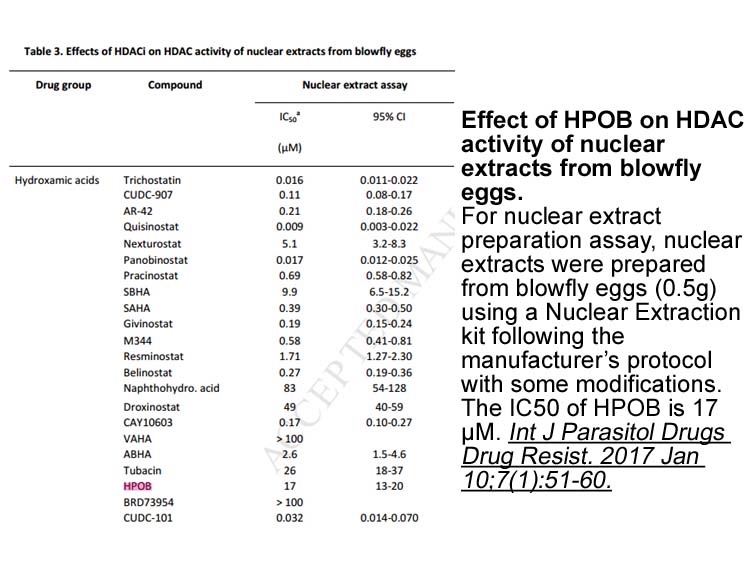
DNA methylation assay. To test the biological activity of purified A1S_0222, a methylation assay was performed using the Int1 DNA. As an alternative DNA substrate, Seq3 (located in gene A1S_0965 of A. baumannii ATCC 17978) was amplified from Acinetobacter baumannii 29D2 using the oligonucleotides Se
-
In the past few years DNA
2020-09-14
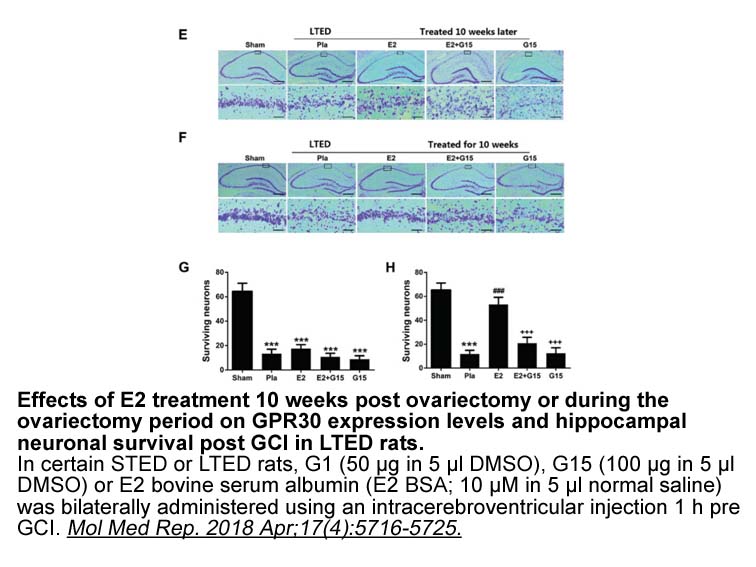
In the past few years, DNA-templated fluorescent metal nanoparticles have been developed as ideal alternatives to organic dyes due to their facile synthetic process, outstanding optical properties, ultrafine size, and fine biological compatibility. Since the first successful demonstration of DNA-tem
-
br Materials and methods br Results Because
2020-09-14

Materials and methods Results Because of the specific binding of DGKε to an arachidonoyl group, there was a particular interest to evaluate the behavior of 2-AG with this isoform of DGK. The substrate specificity and kinetic constants for DGKε has been recently reported [13]. Using the preferr
-
Previous synthetic lethal screening efforts Cox
2020-09-14
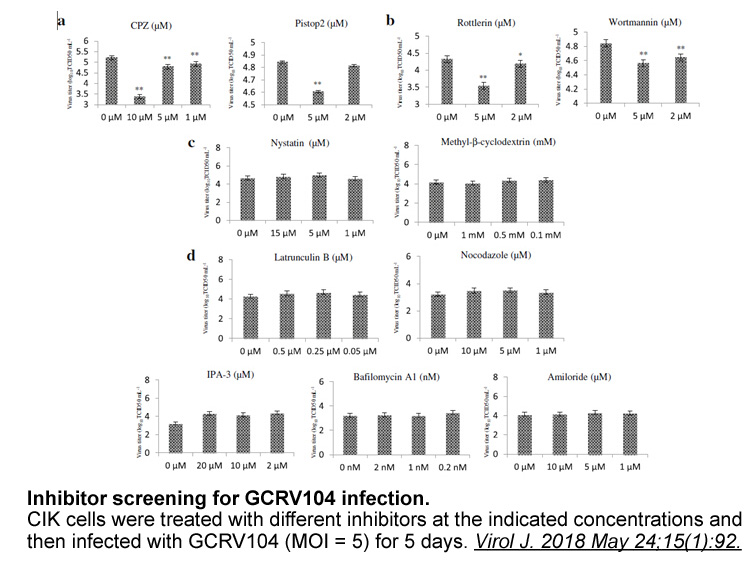
Previous synthetic lethal screening efforts (Cox et al., 2014) have mainly used RNAi as a means of identifying potential targets (Barbie et al., 2009, Kim et al., 2016, Luo et al., 2009, Scholl et al., 2009), although a few screens (Shaw et al., 2011, Steckel et al., 2012) have been performed with s
-
br CDKs as Direct Coactivators of Proinflammatory Transcript
2020-09-14

CDKs as Direct Coactivators of Proinflammatory Transcription Factors CDKs fuel inflammation by triggering the function of proinflammatory transcription factors such as NF-κB, STAT3, and AP-1. This is achieved at two levels because CDKs can affect gene expression by targeting global transcription
-
The genomic DNA sequences of CXCL
2020-09-14

The genomic DNA sequences of CXCL8 and CXCRs were retrieved from the fugu genome database v4.0. The intron–exon boundaries were identified with the corresponding cDNA sequences. This comparison revealed that the fugu gene is about 1.13kb long and contains four exons separated by three introns (top
-
br Additional CDKs with a role in
2020-09-14

Additional CDKs with a role in cancer Small molecule CDK inhibitors The majority of protein kinase inhibitors developed to date are type I inhibitors: they bind at the ATP–binding site, are ATP-competitive and target the kinase in its active state; with the activation loop DFG motif in the ‘in
-
Other karyopherins besides CRM must bind
2020-09-14
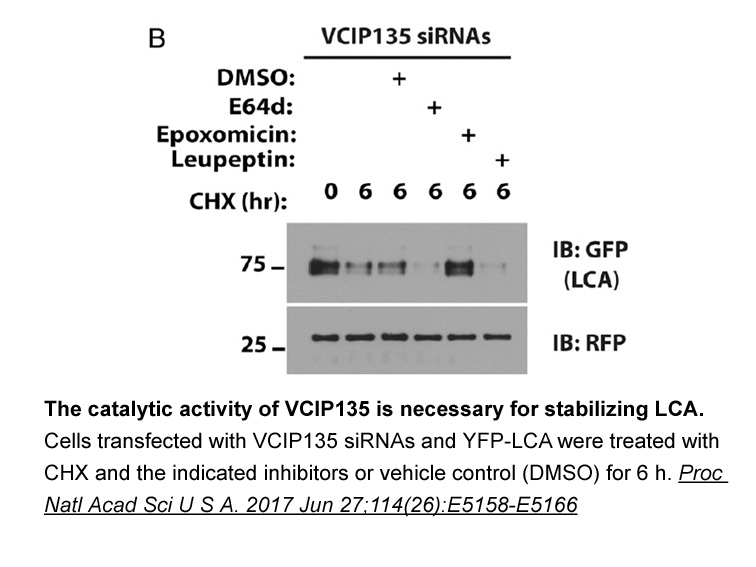
Other karyopherins besides CRM1 must bind to FG-Nups in a similar fashion. However, at an atomic resolution, only the interaction of importin β with isolated FG motifs has been analyzed (Bayliss et al., 2000, Bayliss et al., 2002, Liu and Stewart, 2005). Despite similarities in the FG-binding pocket
-
One specific brain region that may be involved
2020-09-14
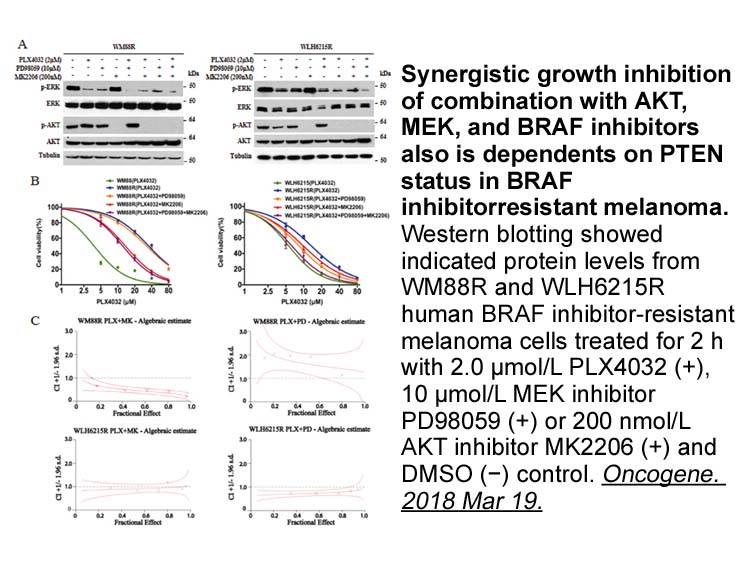
One specific C527 australia region that may be involved in the reduction of anxiety after anti-SVG-30 treatment is the lateral septum which contains a high density of CRF2 receptors [5], [44]. The lateral septum often exhibits increased immediate early gene expression in response to stress and anxie
-
WAY-100635 Multiple lines of evidence now indicate that mito
2020-09-14

Multiple lines of evidence now indicate that mitochondrial decay is a fundamental factor that leads to alterations in energy metabolism in the aged heart (Hagen et al., 2002, Judge and Leeuwenburgh, 2007, Lesnefsky et al., 2001c). Nevertheless, the exact biochemical events that cause such an alterat
-
Although the presence of at least one triple helix
2020-09-11
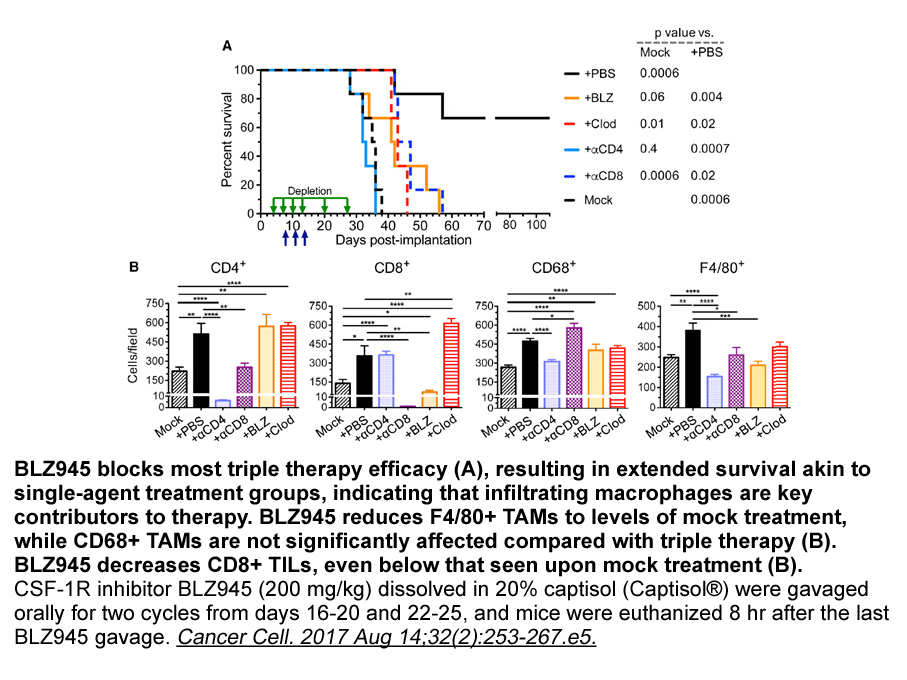
Although the presence of at least one triple helix domain is typically the collagen signature, collagens are modular proteins composed of a succession of collagenous (COL) and non-collagenous domains (NC) that are both involved in collagen functions and in receptor binding. COL domains are linked by
-
Another layer of CK regulation in the Hh and Wnt
2020-09-11
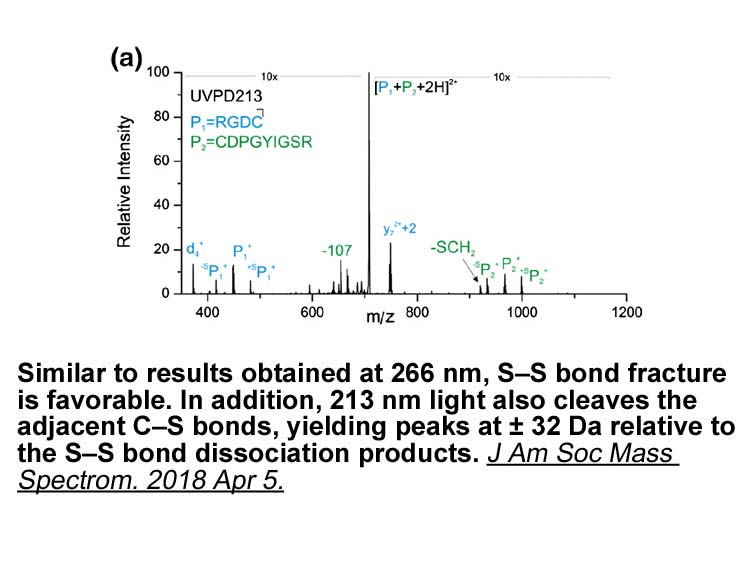
Another layer of CK1 regulation in the Hh and Wnt pathways is to employ different CK1 isoforms to phosphorylate distinct pathway components or even distinct sites on the same substrates. In this regard, it has been shown recently that the membrane-associated CK1 isoform CK1γ, but not the cytosolic i
-
Additionally although the membrane localized
2020-09-11
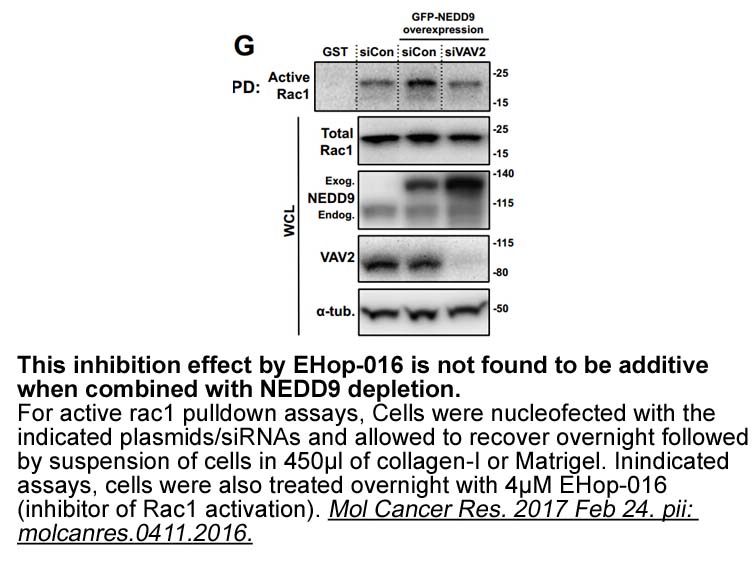
Additionally, although the membrane-localized ER signaling described in this review has generally been studied in isolation from nuclear signaling, it is becoming clearer and clearer that integration of these mechanisms must be considered (Frick, 2015). Perhaps the distinct estradiol signaling mecha
-
Acanthopanax senticosus Rupr Maxim Harms a nontoxic herb
2020-09-10

Acanthopanax senticosus (Rupr. & Maxim.) Harms, a nontoxic herb belongs to the family of Araliaceae, which found in Northeast Asia. A. senticosus traditionally used as a tonic to treat rheumatism, diabetes, and hepatitis [7]. Previous phytochemical and biological investigations found its roots and s
-
br Transparency document br Results and
2020-09-10

Transparency document Results and Discussion Experimental Procedures Acknowledgments The casein kinase 1 (CK1) family consists of at least seven different gene products, often referred to as isoforms (α, β, γ1, γ2, γ3, δ, ε, with splice forms described for CK1α, γ, and ε (reviewed in )
9998 records 484/667 page Previous Next First page 上5页 481482483484485 下5页 Last page